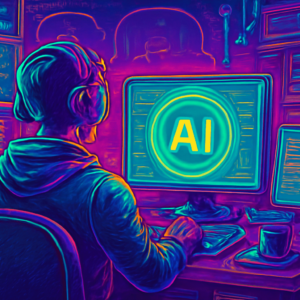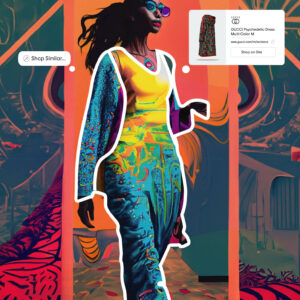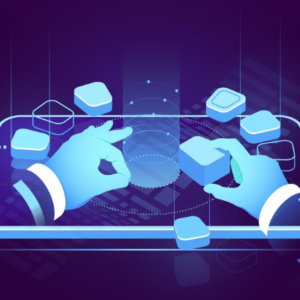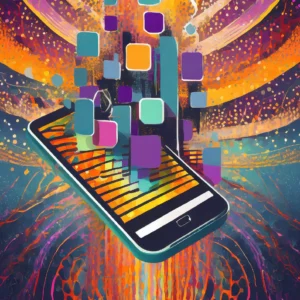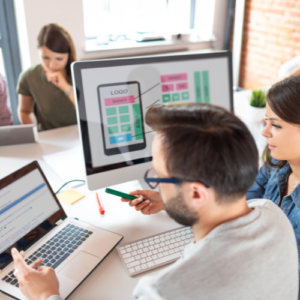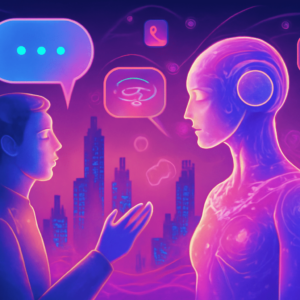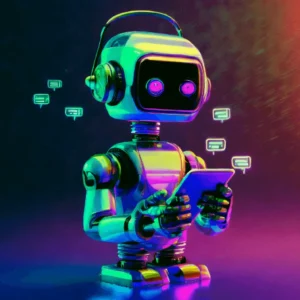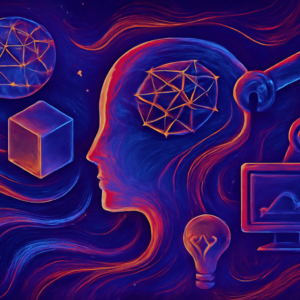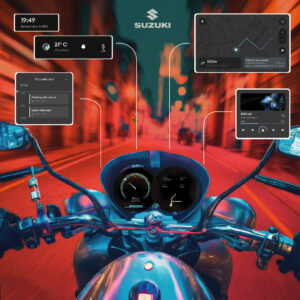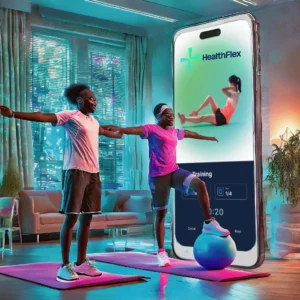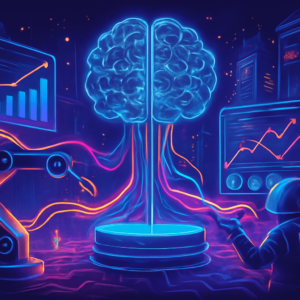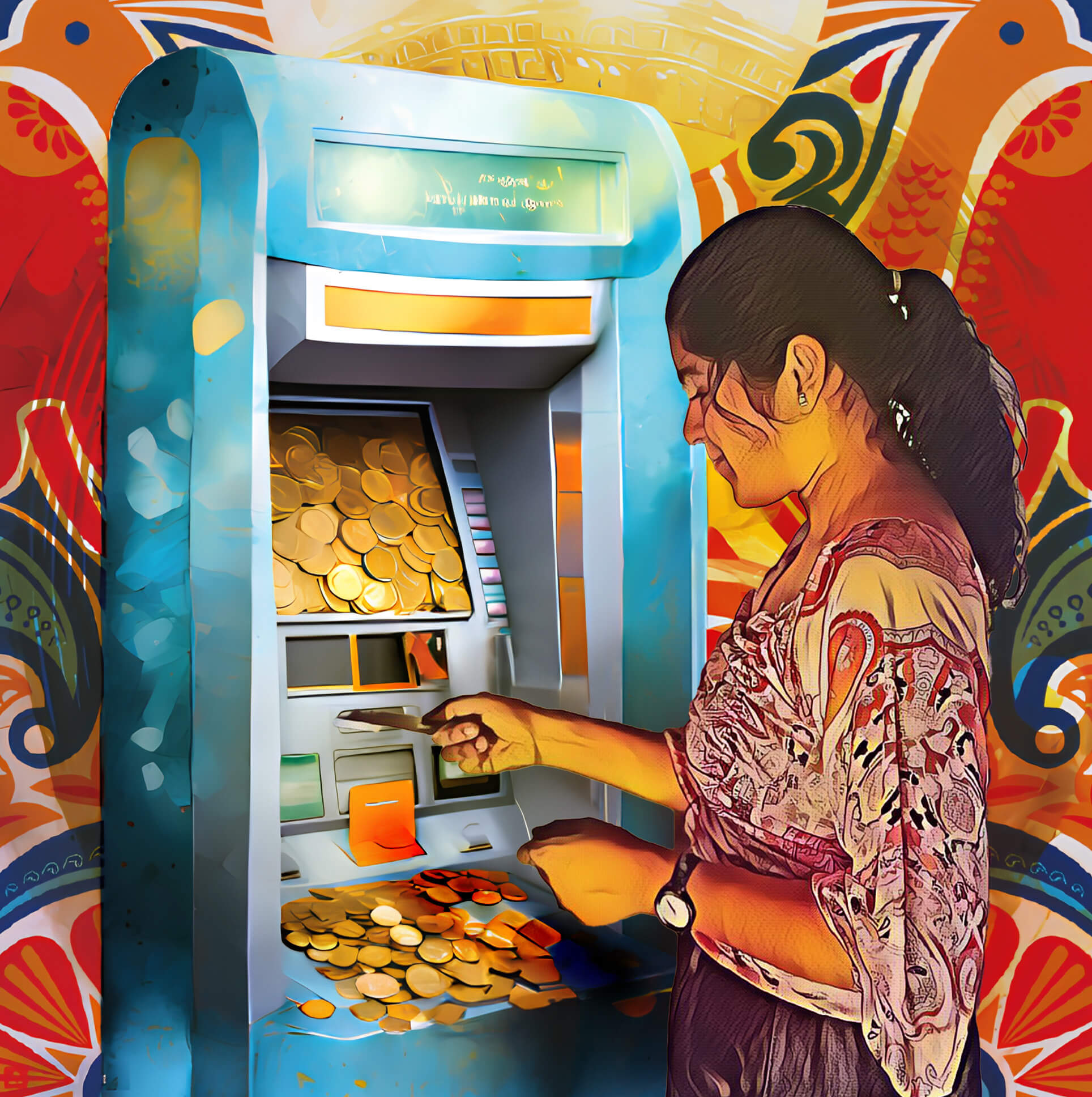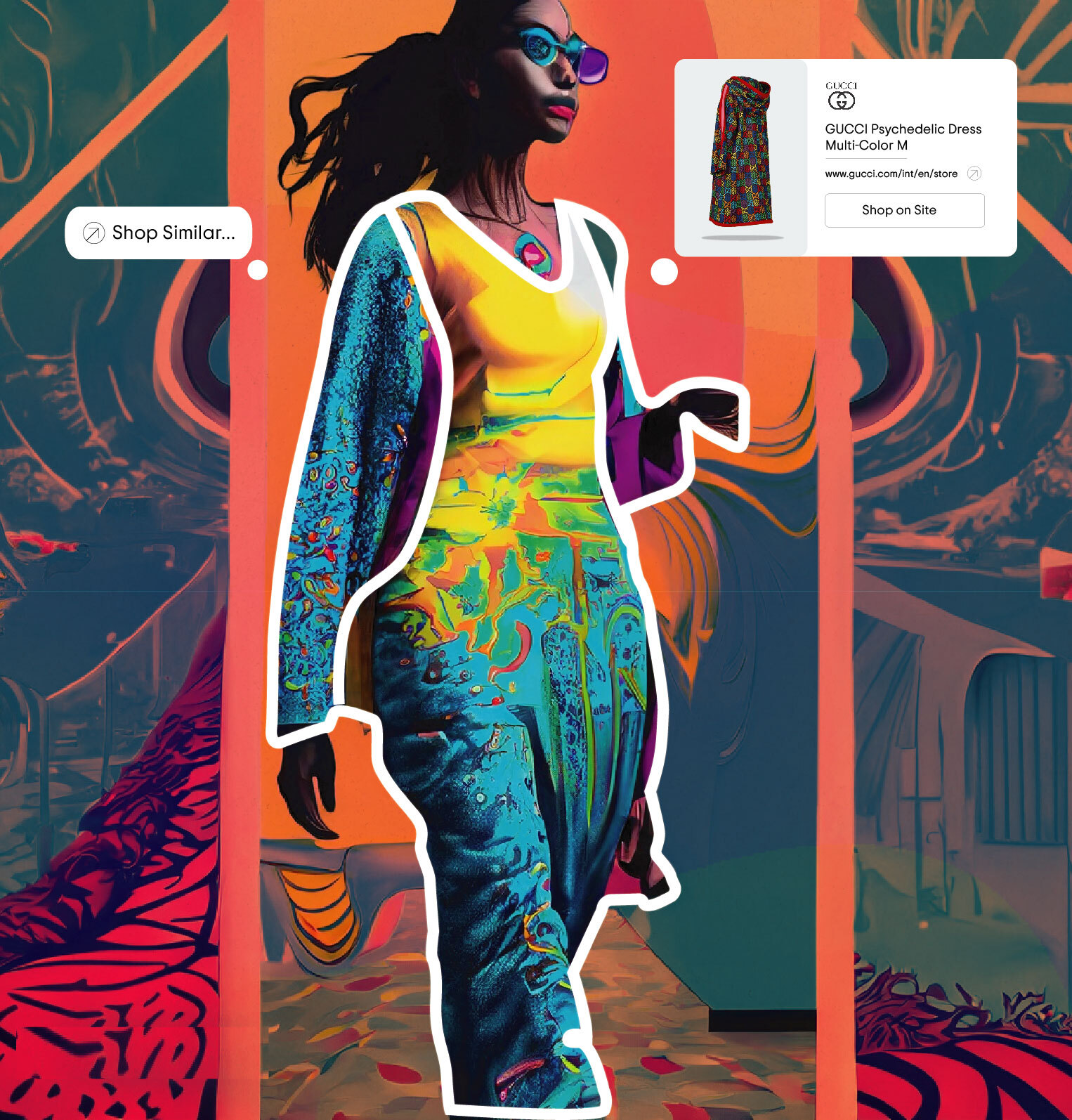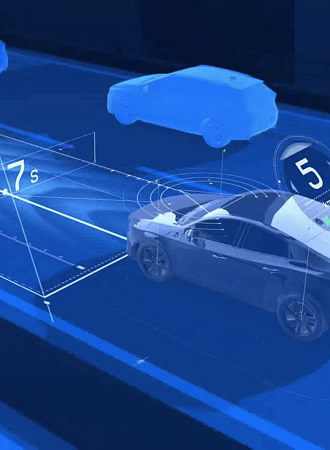Design Thinking
Is Your Business Lacking ‘Design’ or Your Design Lacking ‘Business’?
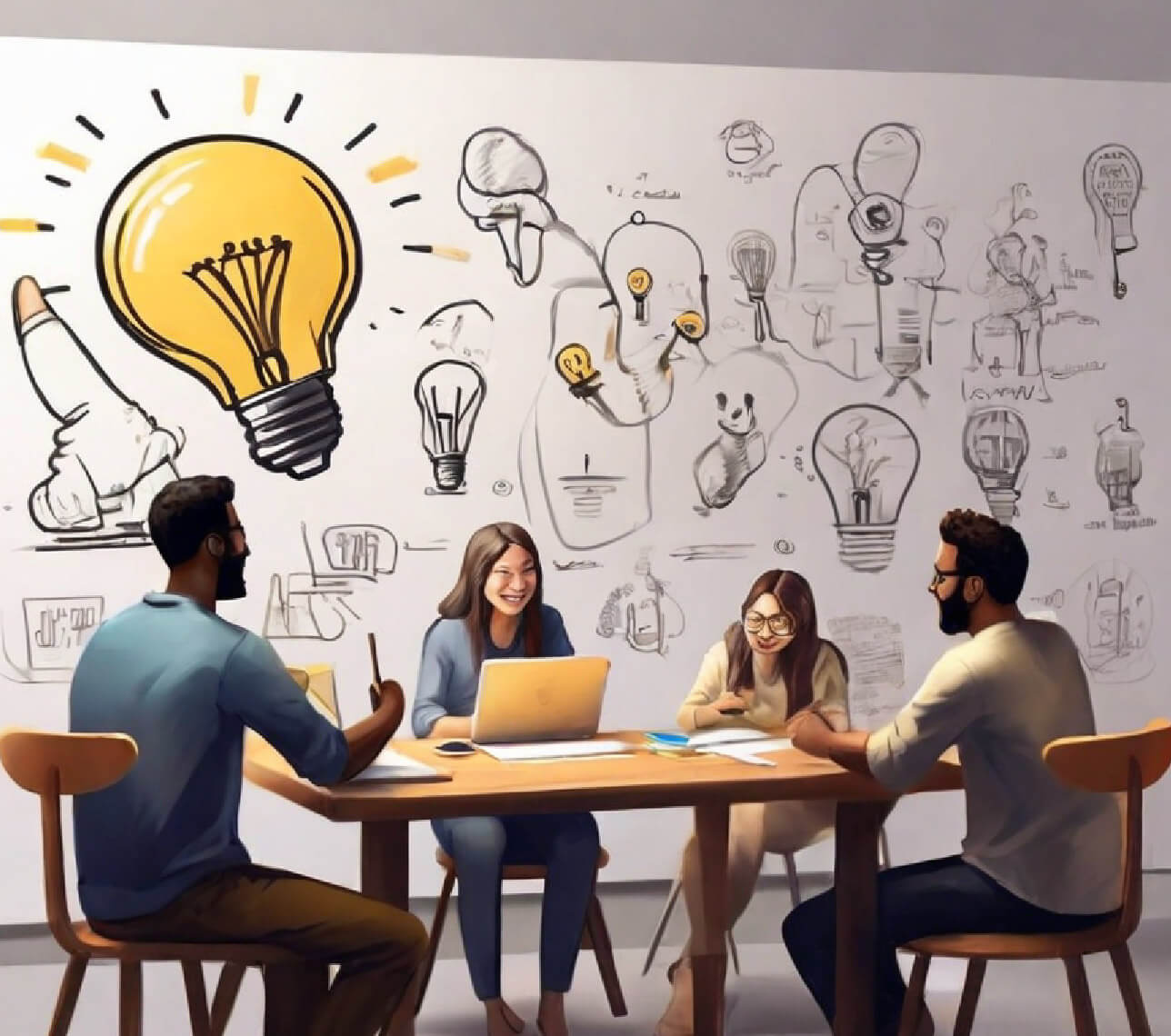
Turn User Insights into Tangible Business Results with Codewave’s Design Thinking Process
You’re probably here because you’ve felt the disconnect—your product or service looks good on paper, but somehow, it’s just not resonating with your audience or achieving the impact you envisioned. Maybe the ideas are there, but the execution? Not so much. This is where design thinking steps in. It’s not just about making things look appealing; it’s about ensuring that your solutions truly address the needs of your users while driving measurable business outcomes.
At Codewave, we kick off every project with a “Design Thinking Workshop” to uncover user problems worth solving and collaboratively generate ideas that align with both user needs and your business goals. Through methods like empathy mapping, journey mapping, ideation sessions, and rapid prototyping, we ensure that every step we take together adds real value and drives the project forward with clarity and conviction. When you embrace Design Thinking with us, your business becomes more adaptive, customer-focused, and ready to turn challenges into opportunities.
With Codewave, businesses have achieved:
60%
Higher Chances of User Adoption
3X
Higher engagement with gamification
1.5X
ROI on Design
50%
Lesser rework on features
Why you'll love us?
We’re 10x thinkers and change makers, driving extreme-value innovation through human-centric design and emerging tech, defying the traditional.
With a track record of serving 300+ businesses globally, collaborating with VC firms, startups, SMEs, and governments, while also developing our own GenAI products – we’re obsessed with building high-impact products, ready for scale.

Design Thinking is a human-centered approach that focuses on understanding customer needs, defining problems, and co-creating innovative solutions.
It’s a process that involves empathy, ideation, prototyping, and testing, ensuring that the final product or service is both user-friendly and aligned with business goals.
Design Thinking is essential for every business because it directly connects what users need with what your business offers. The biggest struggle remains – businesses do not know who the customer is and what they see value in.
By identifying real user problems, this approach helps you avoid costly project overruns and reduces the risk of launching products that don’t resonate with your audience. It ensures that every design decision you make is informed by genuine user insights, leading to more effective and purposeful solutions.
Key benefits of incorporating Design Thinking:
- Higher Customer Adoption & Engagement: Solutions are crafted to delight end users.
- Aligned Backstage Actions: Processes become more customer centric, focused, saving time and resources.
- Improved ROI: Investments are aligned with user-centric goals, boosting returns.
- Speed of Delivery: Products are delivered faster by eliminating the unnecessary, and focusing on what truly matters.
What do you get from Design Thinking
Improve an Existing Product
Is your legacy product or service due for a revamp? We use Design Thinking to uncover your users’ true needs and reimagine innovative solutions. By blending Design Thinking, Lean, and Agile principles, we iteratively enhance your product with continuous user feedback, ensuring it evolves in line with what matters most.
Design a Digital Experience (Product/Service)
Collaborate with seasoned design experts who employ Lean UX and Design Sprints to deeply understand both user needs and your strategic business goals and create customer personas, customer journey maps, business impact maps, wireframes and visual designs. Tools like Figma and InVision are used to create interactive design prototypes, allowing you to showcase designs to users and stakeholders before development begins.
Design an Embedded GUI
Apply Design Thinking principles to overcome hardware constraints. Using Qt or Flutter, create an intuitive, user-friendly interface that integrates seamlessly with your device, ensuring ease of use and high performance.
Prototype an Idea
Leverage Rapid Prototyping and User Testing to transform ideas into viable prototypes. Using methods like A/B Testing, Interviews, Usability tests and Clickstream analytics, designers iteratively refine the concept, ensuring it meets user needs and business objectives.
Usability Testing & Evaluation
Conduct usability testing with real users to identify what’s not working and what’s working well. Tools like Maze and Lookback allow for detailed feedback collection and analysis, ensuring your product is intuitive and user-friendly.
How Do I Get Started with Design Thinking ?
Join our DTDT workshop: Learn the ins and outs of Design Thinking.
Why Codewave, for design thinking?
Retention
We design for delight to ensure users consistently find long-term value.
Engagement
Our designs encourage repeat visits and sustained engagement.
Adoption
We craft onboarding experiences that activate users within seconds.
Lifetime Value
Our design focuses on maximizing the revenue potential per customer.
Accuracy
Precision engineering is at the heart of our development process.
Performance
We engineer applications to be lightning-fast, regardless of the load.
Privacy
We are committed to safeguarding data privacy and confidentiality.
Auto-scaling
We ensure your servers automatically scale up/down based on demand.
Traditional Software Development vs. Design Thinking
| Aspect | Traditional Software Development | Design Thinking Led Software Development |
| User Involvement | Minimal user involvement after initial requirements gathering. Focus is primarily on meeting technical specifications. | Deep user involvement throughout the process for co-creation, starting with empathy-driven research to understand user needs and pain points. |
| Flexibility | Follows a rigid, linear process (like Waterfall); changes are difficult and costly to implement once development begins. | Employs an iterative, non-linear approach; adaptable to user feedback, allowing for frequent revisions and improvements. |
| Innovation | Innovation is often constrained by existing technologies and rigid, predefined requirements. | Prioritizes creative problem-solving, encouraging the exploration of new ideas and innovative solutions tailored to user needs. |
| Development Cost and Time | Higher costs and extended timelines due to late-stage changes and unforeseen issues. | Costs and timelines are optimized through early prototyping, iterative testing, and continuous user feedback, ensuring lean execution, reducing rework. |
| Problem Solving | Solutions are defined early and follow a linear path, focusing on technical execution rather than re-examining the problem. | Takes a holistic view of the problem, with continuous reassessment, validation and refinement to ensure the solution addresses user needs. |
| User Adoption | Often results in a product that meets technical requirements but may not fully satisfy user expectations. | Delivers products that are highly aligned with user needs, resulting in greater user satisfaction and adoption rates. |
| Risk Management | Higher risk due to limited user feedback and lots of assumptions/biases; issues often arise late in development, leading to costly fixes. | Lower risk through explicitly writing down assumptions, validating ideas with users, continuous user testing and iteration, which catch and address potential issues early in the process. |
| Collaboration | Teams often work in silos, with limited interaction between developers, designers, and stakeholders. | Promotes cross-functional collaboration, bringing together diverse teams to co-create and refine solutions based on user insights. |
| Outcome | Functional products that meet initial technical requirements but may lack user engagement and real-world relevance. | Delivers functional, user-friendly, and innovative products that resonate with users and drive business results. |

How We Do It: Design Thinking Led Digital Innovation, Assisted by AI
- Purpose: We start by deeply understanding the users, their behaviors, and the context surrounding the problem. This involves stepping into the users’ world to gather meaningful insights.
- Tools & Frameworks:
- User Interviews and contextual inquiries: Conducted using Zoom or in-person meetings.
- Surveys & Questionnaires: Deployed via Typeform or Google Forms.
- Ethnographic Research: Utilizing Dovetail for organizing and analyzing qualitative data.
- Empathy Mapping: Visualized with tools like Miro or MURAL.
- Outcome: A comprehensive empathy map and detailed user journey, providing deep insight into user needs and pain points.
- Purpose: In this phase, we synthesize all the insights gathered to clearly define the core problem, setting the stage for ideation.
- Tools & Frameworks:
- Affinity Diagrams: Created using Miro or Lucidchart to cluster and prioritize insights.
- User Personas: Developed with Xtensio or Adobe XD to represent key user segments.
- Problem Statement Formulation: Using the “How Might We” framework to frame the problem in a solution-oriented way.
- Outcome: A specific, actionable problem statement and user personas that guide the design and development process.
- Purpose: With a clear problem statement, we brainstorm and explore a wide array of potential solutions, focusing on creativity and feasibility.
- Tools & Frameworks:
- Brainstorming Sessions: Activities like Crazy8 facilitated using Miro for real-time collaboration.
- Mind Mapping: Structured with MindMeister to explore solution spaces.
- SCAMPER Technique: Applied to challenge assumptions and reimagine the problem space.
Outcome: A range of innovative ideas that are aligned with user needs and business goals, ready for prototyping.
- Purpose: We create tangible representations of our ideas, allowing us to explore how these solutions will work in practice.
- Tools & Frameworks:
- Low-Fidelity Prototypes: Created using Balsamiq for quick wireframing.
- Interactive Prototypes: Developed with Figma or InVision for detailed user interactions.
- Rapid Prototyping: Leveraging Adobe XD and Sketch for swift development.
- Outcome: Functional prototypes that are tested internally, ensuring the solutions align with both user expectations and technical feasibility.
- Purpose: Moving from prototypes to a working solution, we build iteratively, refining the product through continuous feedback and testing.
- Tools & Frameworks:
- Agile Development: Managed using JIRA or Trello to track progress and sprints.
- Daily Scrums: Conducted with Slack integrations for real-time updates.
- Continuous Integration (CI): Implemented using Jenkins or CircleCI to automate testing and deployment.
- AI-Assisted Development: Utilizing tools like GitHub Copilot to optimize code and enhance productivity.
- Outcome: A fully functional product, built with agility, and continuously tested to ensure quality and performance.
- Purpose: Post-launch, we rigorously validate the product with real users, using analytics and feedback to refine and improve continuously.
- Tools & Frameworks:
- User Testing: Conducted through platforms like UserTesting or Lookback.
- Analytics & Feedback: Monitored using Google Analytics, Mixpanel, or Hotjar.
- AI-Driven Insights: Leveraging Google AI or Azure Machine Learning to analyze user behavior and predict trends.
- Continuous Iteration: Managed with Git for version control and Docker for consistent environments.
Outcome: A product that evolves based on real-world use, ensuring it stays relevant, user-friendly, and impactful.
What to expect working with us.


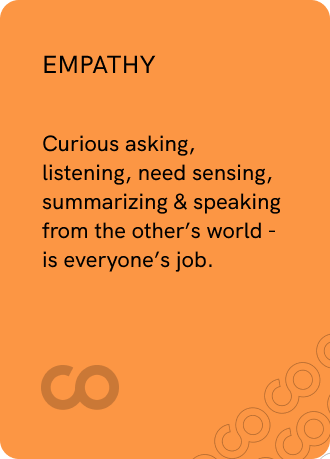
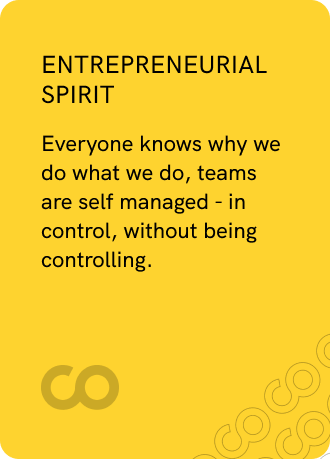
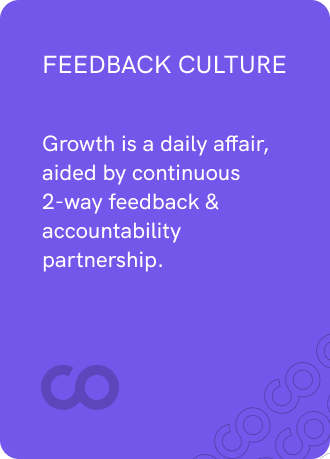

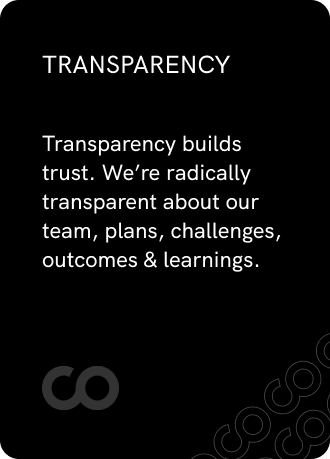
Industries We Serve
No matter your industry, we know how to leverage Design Thinking to achieve remarkable outcomes.
Tired of stagnation?
It doesn’t take much to get unstuck. Codewave isn’t just a software development company – we’re your design thinking partner to drive innovation and growth.
Frequently asked questions
Teams utilize the non-linear, iterative process of design thinking to better understand users, question presumptions, modify issues, and come up with novel prototypes and testing solutions.
Design thinking tackles problems with a human-centered approach. The 5 stages are:
- Empathize: Understand user needs through research.
- Define: Frame the core problem based on user insights.
- Ideate: Brainstorm creative solutions to the defined problem.
- Prototype: Build basic models to test your ideas quickly.
- Test: Get user feedback on prototypes and iterate based on learnings.
The method of design thinking aims to provide ideas, goods, or services that are technologically feasible, appealing to users, and profitable for businesses.
Empathy is crucial in design thinking. It requires putting yourself in the user’s shoes to understand their needs, wants, and frustrations. This focus on the user helps generate solutions that are truly desirable and solve real problems.
One of the biggest issues in design thinking is its potential for oversimplification. While it emphasizes empathy, creativity, and iteration, applying it effectively across complex, real-world problems requires a deep understanding of context, collaboration across disciplines, and a willingness to embrace ambiguity and uncertainty.
Design thinking itself isn’t a tool, but a framework. It’s a structured process with stages like user research and prototyping. However, various tools like mind maps or personas can be used within those stages.
Design thinking isn’t a single skill, but rather a set of skills you can develop. These include empathy, creativity, problem-solving, and collaboration. By mastering these through the design thinking framework, you can become adept at tackling problems with a human-centered approach.
Design thinking is used to tackle complex problems with innovative solutions. It focuses on understanding users’ needs first. By combining empathy, creativity, and iteration, teams can develop solutions that are not only feasible but truly desired by the people who will use them. This approach helps businesses create successful products, improve processes, and ultimately drive growth.
While all three methodologies focus on iterative processes and user feedback, Design Thinking emphasizes understanding and solving user problems through empathy and creativity. Agile focuses on flexible, incremental development, and Lean aims at efficiency by eliminating waste. Together, they can complement each other in delivering user-centered, innovative solutions efficiently.
Absolutely! Design Thinking is a versatile approach that can be applied to any field, from product design and service development to organizational change and process improvement. It’s about solving complex problems and innovating in any context where user experience and satisfaction are critical.
Prototyping is a key phase in Design Thinking, where ideas are brought to life in a tangible form. It allows teams to test assumptions, gather user feedback, and refine solutions before full-scale development. Tools like Figma, Adobe XD, and physical mockups are commonly used for prototyping.
Success in a Design Thinking project is measured by user satisfaction, the effectiveness of the solution in addressing the problem, and business impact. Metrics may include customer feedback, usability testing results, time to market, and return on investment (ROI).
Common challenges include resistance to change, lack of user engagement, and difficulty in fostering a collaborative culture. These can be overcome by securing leadership buy-in, educating teams on the value of Design Thinking, involving users early and often, and promoting cross-functional collaboration.
Betting on the next big idea?


Betting on the next big idea?
Know what will fly & what won’t.
Let’s do design thinking
Most in demand
Travel Technology Solutions and Services Management

Global Design and Innovation Consulting Services

LLM in Corporate Compliance and Risk Management

Services in Software Development

Travel Technology Solutions and Services

Generative AI Consulting and Strategy for Business Innovation

Application Operations and Management Services

Secure, Reliable Cloud Application Modernization Services

Global Design and Innovation Consulting Services

Enterprise Cloud Consulting & Implementation Services Solutions

Ecommerce Web Design & Development Services

Trusted, Unified Xamarin App Development Services You Need

Custom EHR/EMR Integration Services for Connected Healthcare

Cyber Security Consulting Services for Scalable Resilience

AI and Data Analytics Services Solutions

Enterprise App Development Services

Business Intelligence and Data Analytics Solutions

Convert Your Website into a Mobile App for Android and iOS

Managed Healthcare IT Services and Solutions

Custom .NET Software Development Services & Solutions

Website Design and SEO for Medical Practices and Doctors

Big Data Analytics Solutions & Services

IOT Product Development Services for Faster Decision Making

Cloud-Based E-commerce Solutions and Platforms

Custom Financial Software Development Solutions
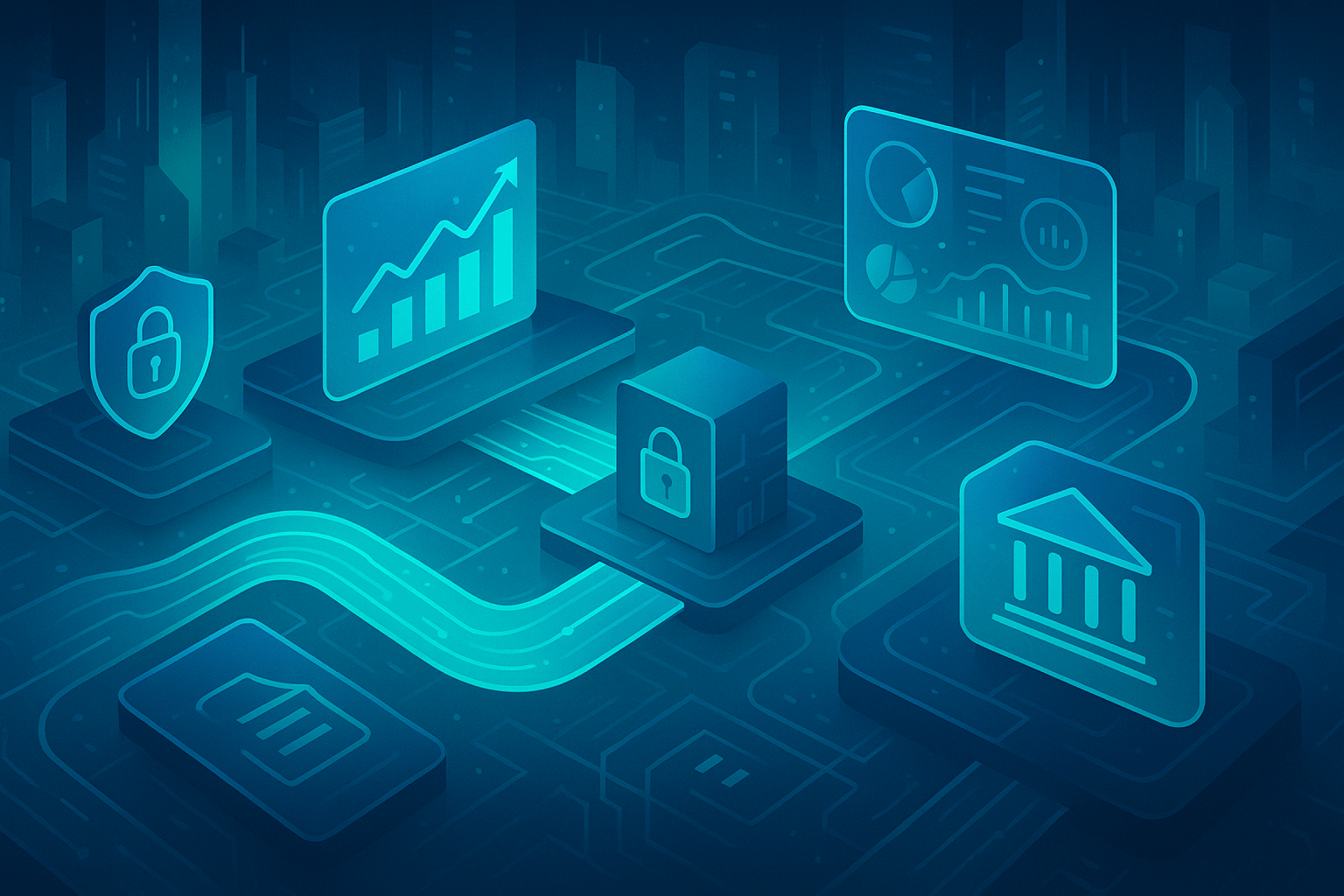
Enterprise Automation Solutions and Services

Power Up Digital Change with Strategic Design Thinking Workshops

Design Thinking-Driven Strategic Digital Transformation Blueprint

Generative AI Development Platform
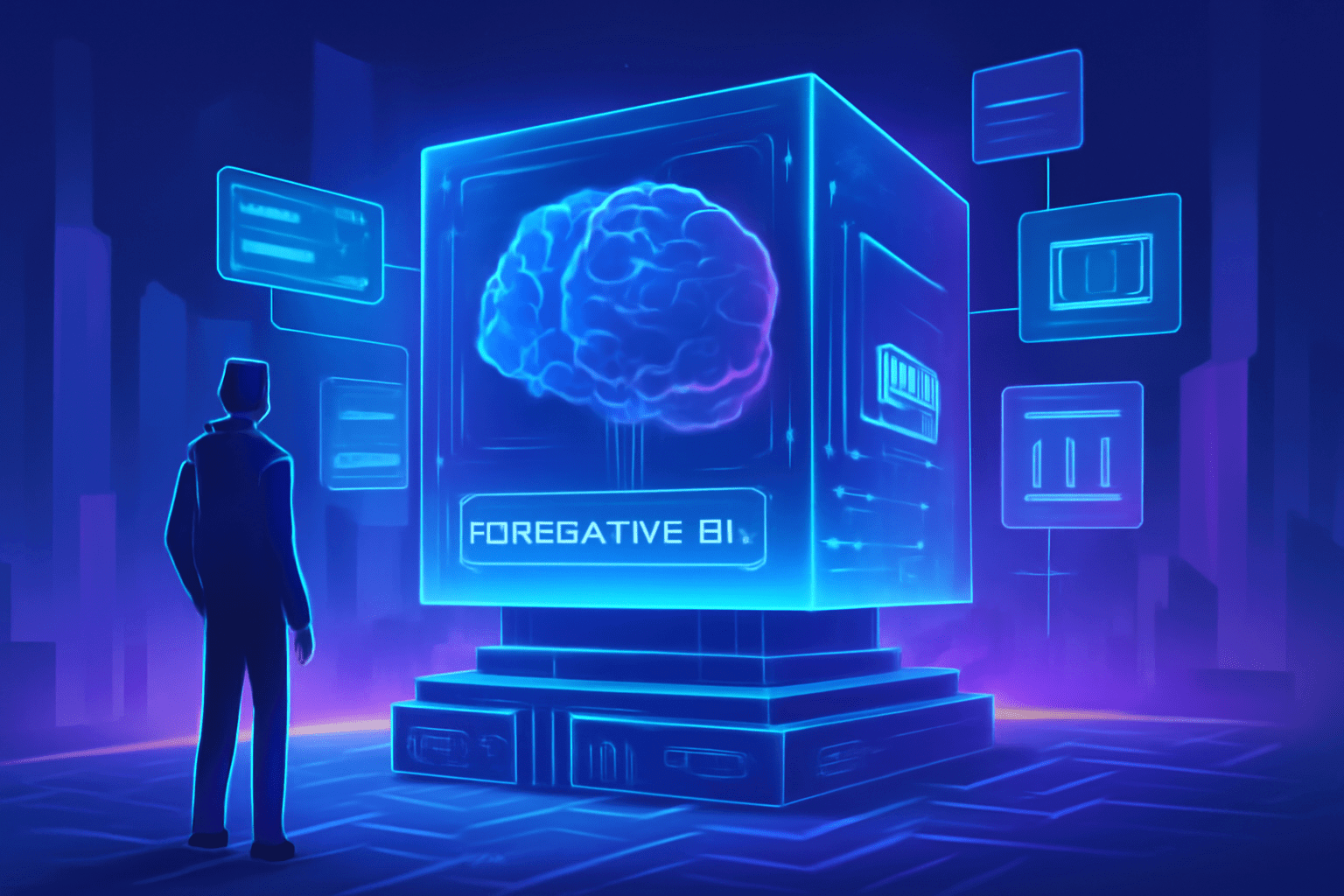
Information Technology Strategy and Consulting Services

Product Design and Development Services
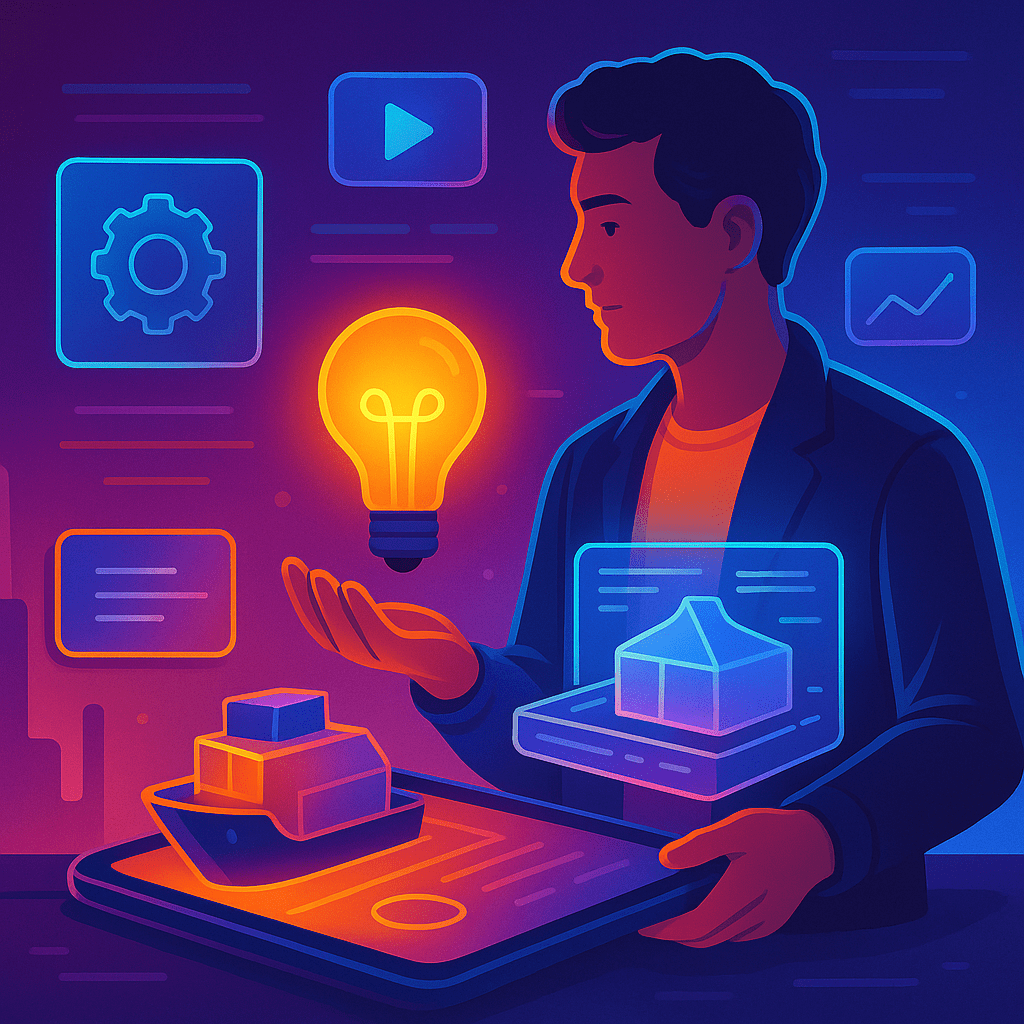
Custom Responsive Web Design Services
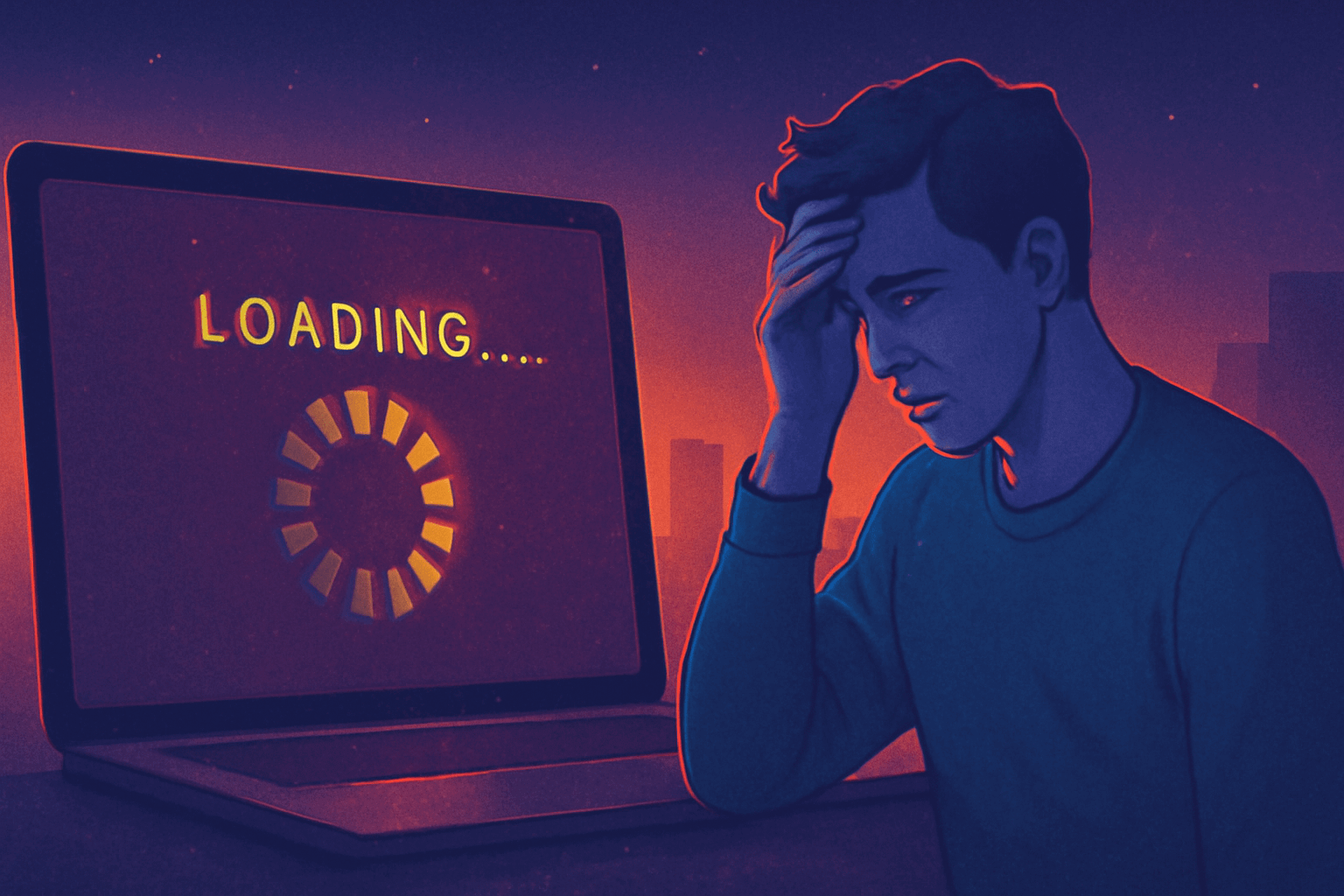
Magento eCommerce Development and Design Services
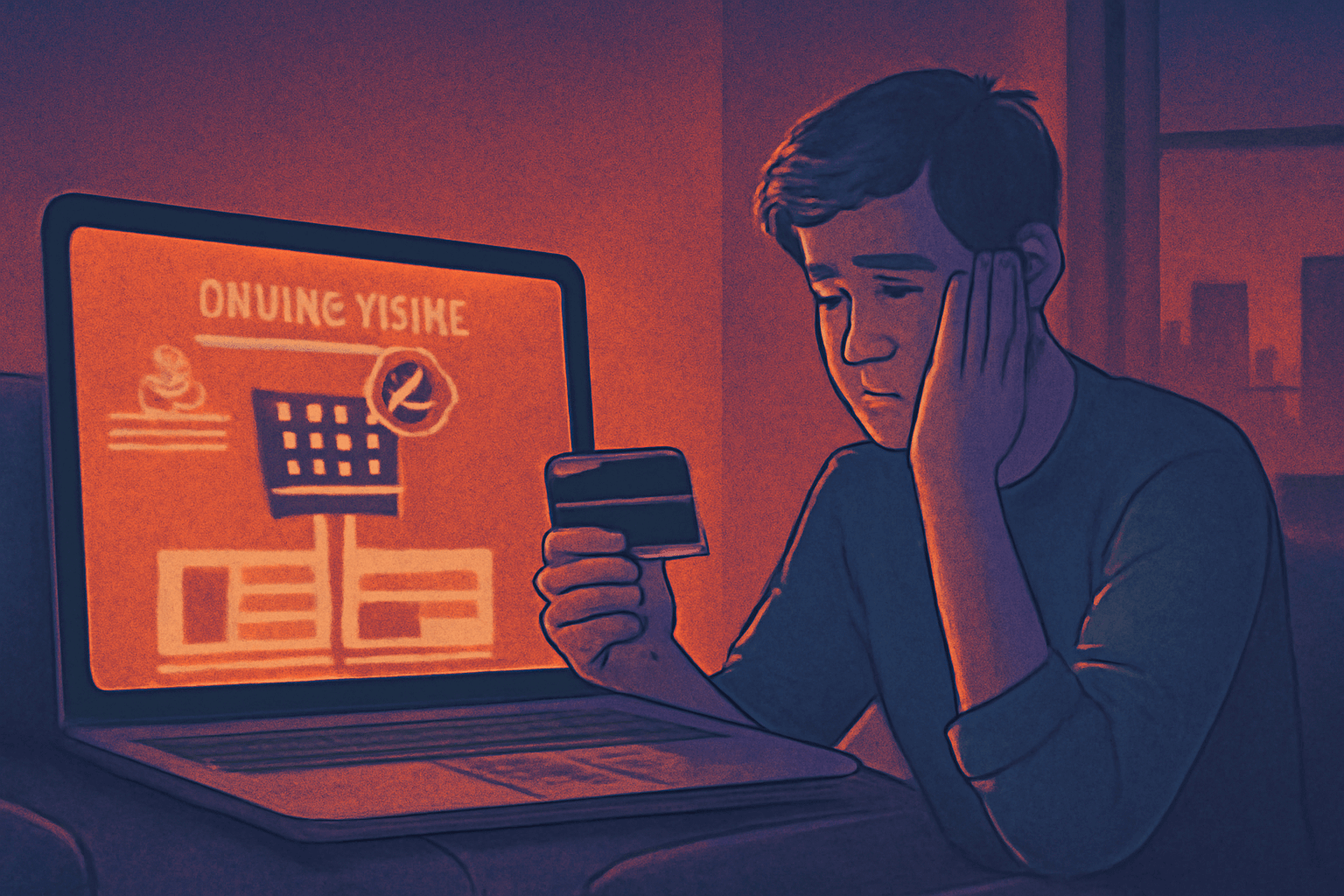
Transportation and Logistics IT Services and Solutions

Decision Intelligence Strategy

Automation for Operational Efficiency

Digital Talent Transformation

Integrated CX And UX Design For Delight

Digital Transformation ROI Measurement

Digital Core Modernization
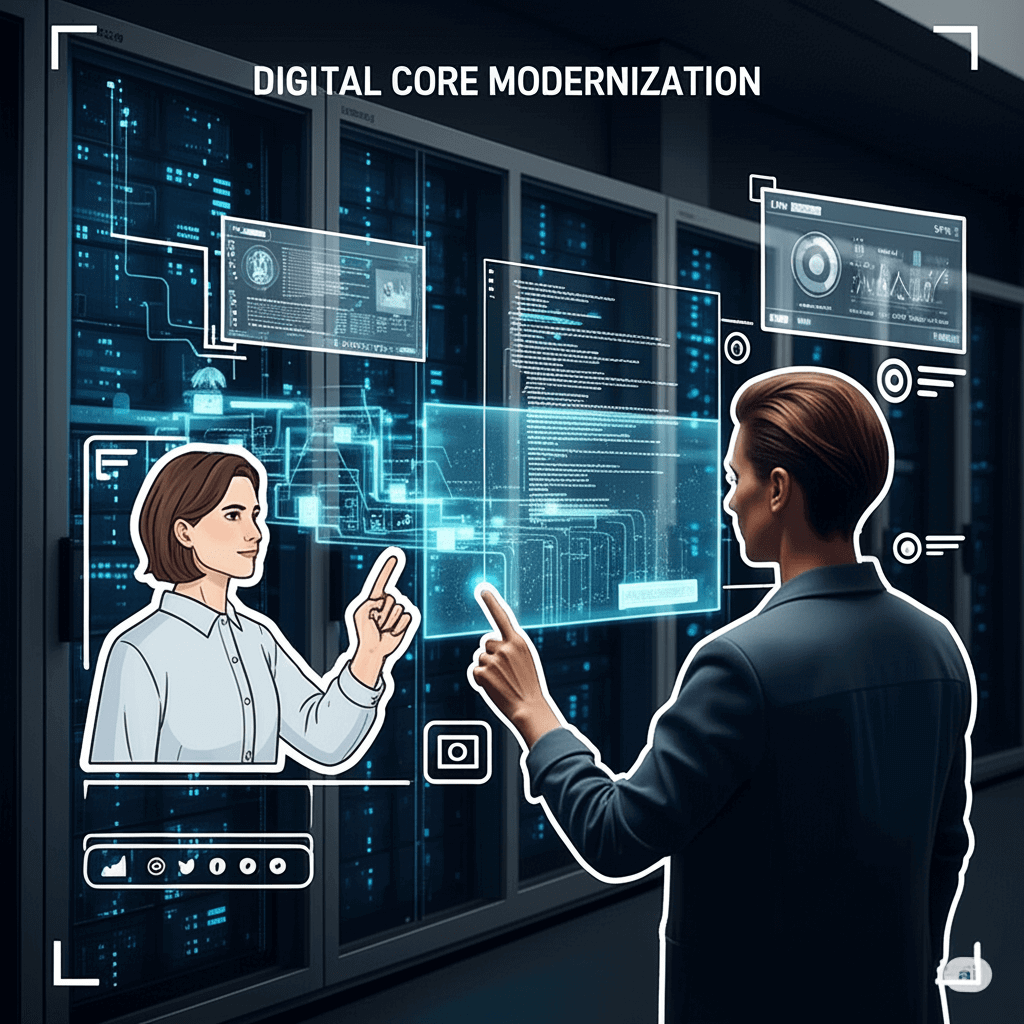
Cloud Migration Services

AI Accounting Software

Software Product Development Services

Decentralized Finance (DeFi) Development Solutions and Services

Startup Software Development Services

Django Development Company for Scalable Web Solutions

HIPAA Compliance and Advisory Services Solutions

Drupal Development Services

Business Analytics Services

Telemedicine Software Development Services

Support and Maintenance Services for Mobile and Web Applications

Cryptocurrency Development Services and Solutions

AI Testing Services / AI-Powered Testing Services

IT Infrastructure Services

ASP.Net Software Development Services

Retail IT Solutions and Services

Managed Application Services

Data Warehouse Services

Data Science Consulting

Agentic AI Product Design And Development Services

Healthcare Mobile App Development Services

CRM Consulting and Implementation Services

Custom Database Development Services and Solutions

Transportation and Logistics Software Development Solutions

Secure Payment Gateway Integration Solutions

Data Management Services

Java Software Development Services

PHP Development Services

Fast, Scalable, Secure Node.js App Development

Power BI Consulting Services

IT Project Management Services

NFT Token Development Services

DevOps Consulting and Services

Web Data Mining Services

Front-End Development Services

Managed Services for E-commerce Success

Website Redesign Services for Strengthening Your Web Presence

Custom SaaS Development Services

Custom CMS Web Development Services

NFT Marketplace Development Services

Smart Contract Development Services

Oil and gas IT services

AI Audit for Startup Companies | Best Website Audits

PrivateGPT Development Services

Swift iOS App Development Services

Web3 Development Services Company

AI-Native Product Design and Development Services

Personalized Learning with AI for Education

Microsoft Dynamics 365 Customer Service with AI

Energy Management Software Solutions Platform

Human Machine Interface Software Development Service

Education Software Development Services

Retail Software Development Services and Solutions

DEX – Digital Employee Experience Software Services

Decentralized Exchange Development (DEX) Company

Offshore Software Testing Services

Backend Development Services and Solutions

Travel and Hospitality Software Development Services

Fintech Software Development Services

Data Visualization Consulting Services

Digital Solutions For Agriculture and Software Services

Payment Gateway and Software Development Services

B2B Travel Software and Booking

MEAN Stack Development Services

24/7 Managed NOC Services

Database Migration Service

Design-Led AI Consulting for SMEs and Startups

AI Solutions Development Services
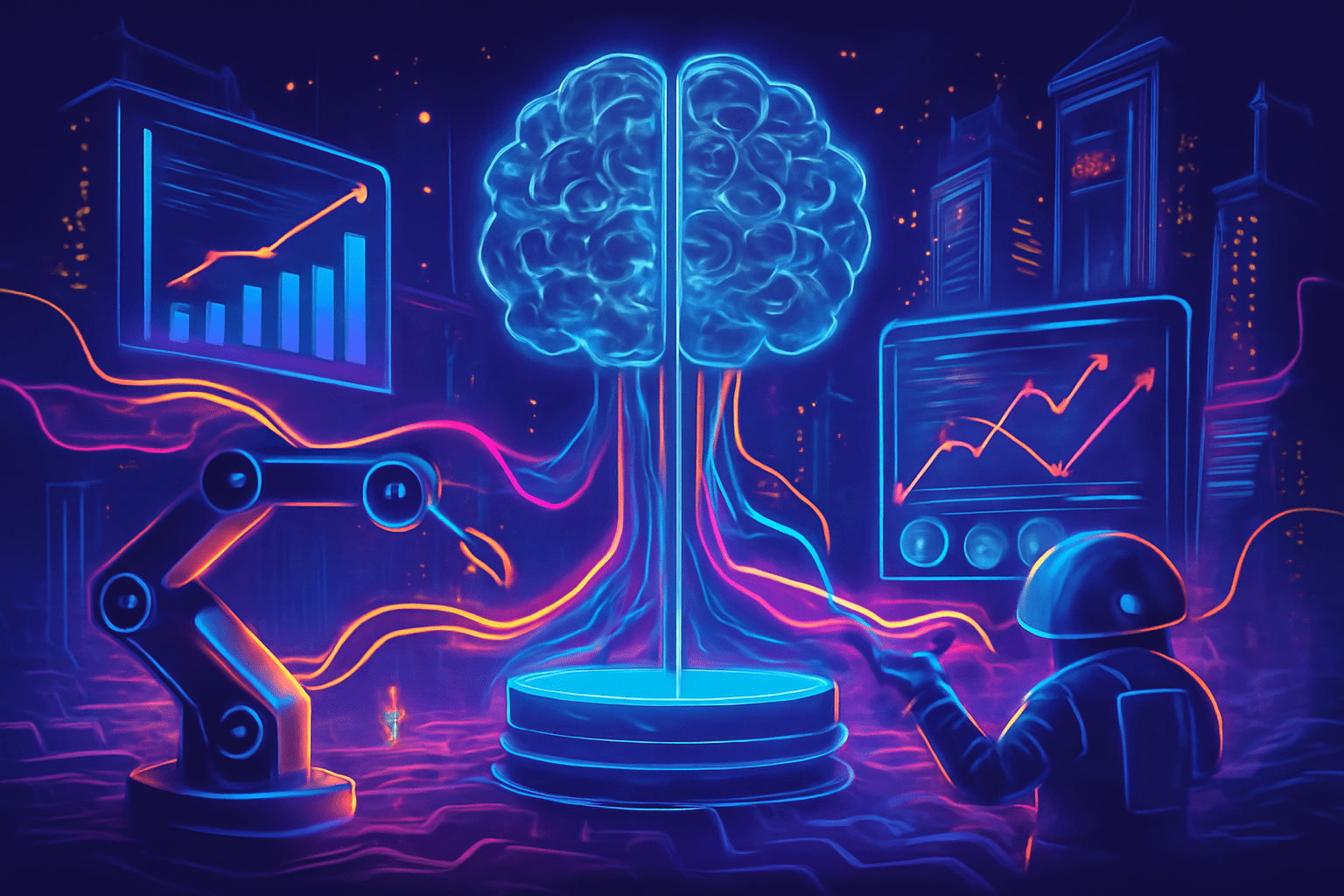
P&C Insurance Software Solutions

MLOps Consulting Services

Generative AI Services and Solutions

Conversational AI Platform Development

AI and Analytics for Retail Solutions

Artificial Intelligence Video Chatbot Services

Digital-First Banking IT Services

Golang Development Services

MVP Development Services

eLearning Software Development

Agile Software Development Services

Data Warehouse Consulting and Management Services

IT Services Management Consultancy Services

Learning Management System Consulting Services

iOS App Development Services Company

Ecommerce Services

Marketing Automation and CRM Solutions
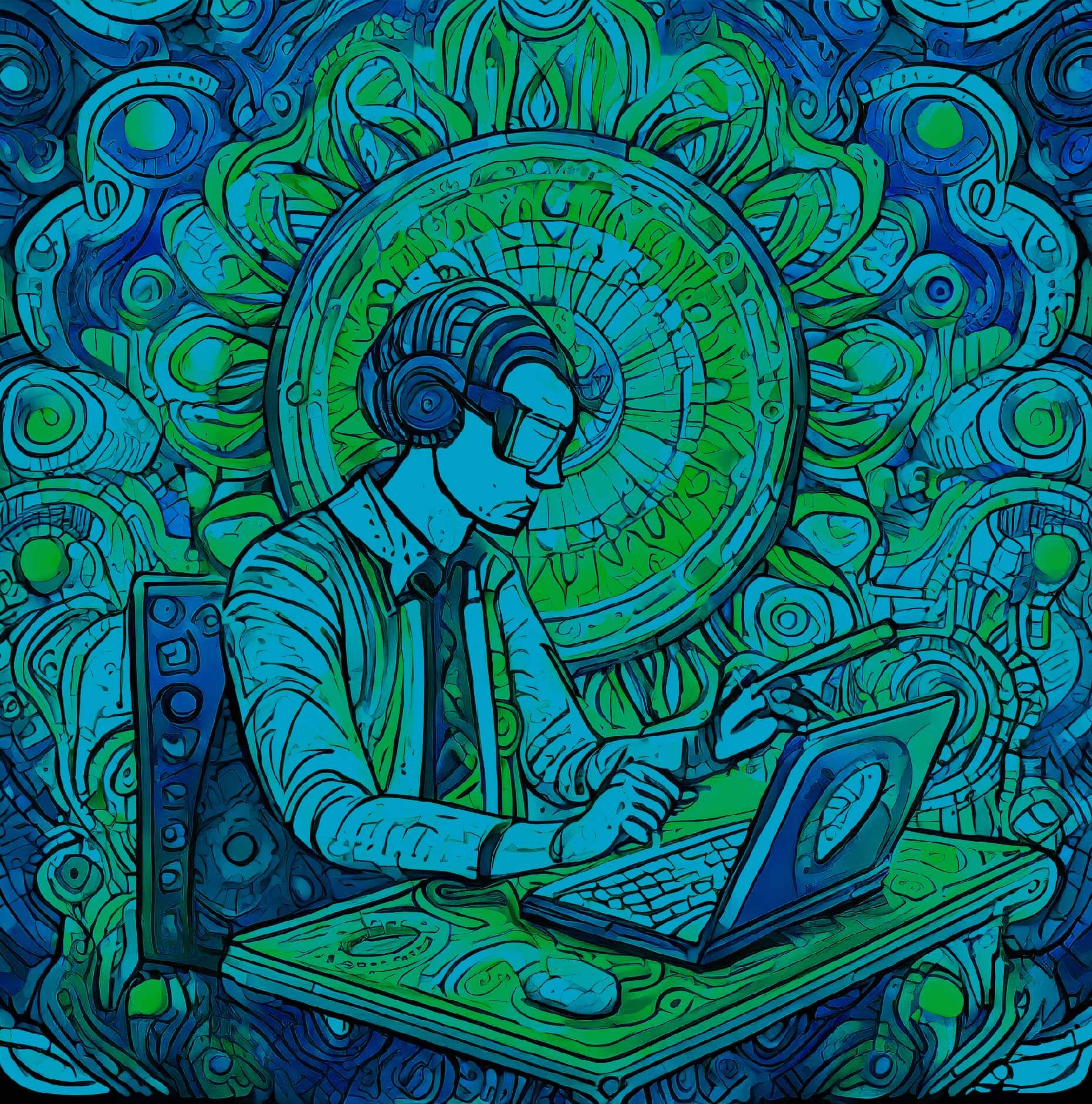
Industrial IoT Solutions and Services
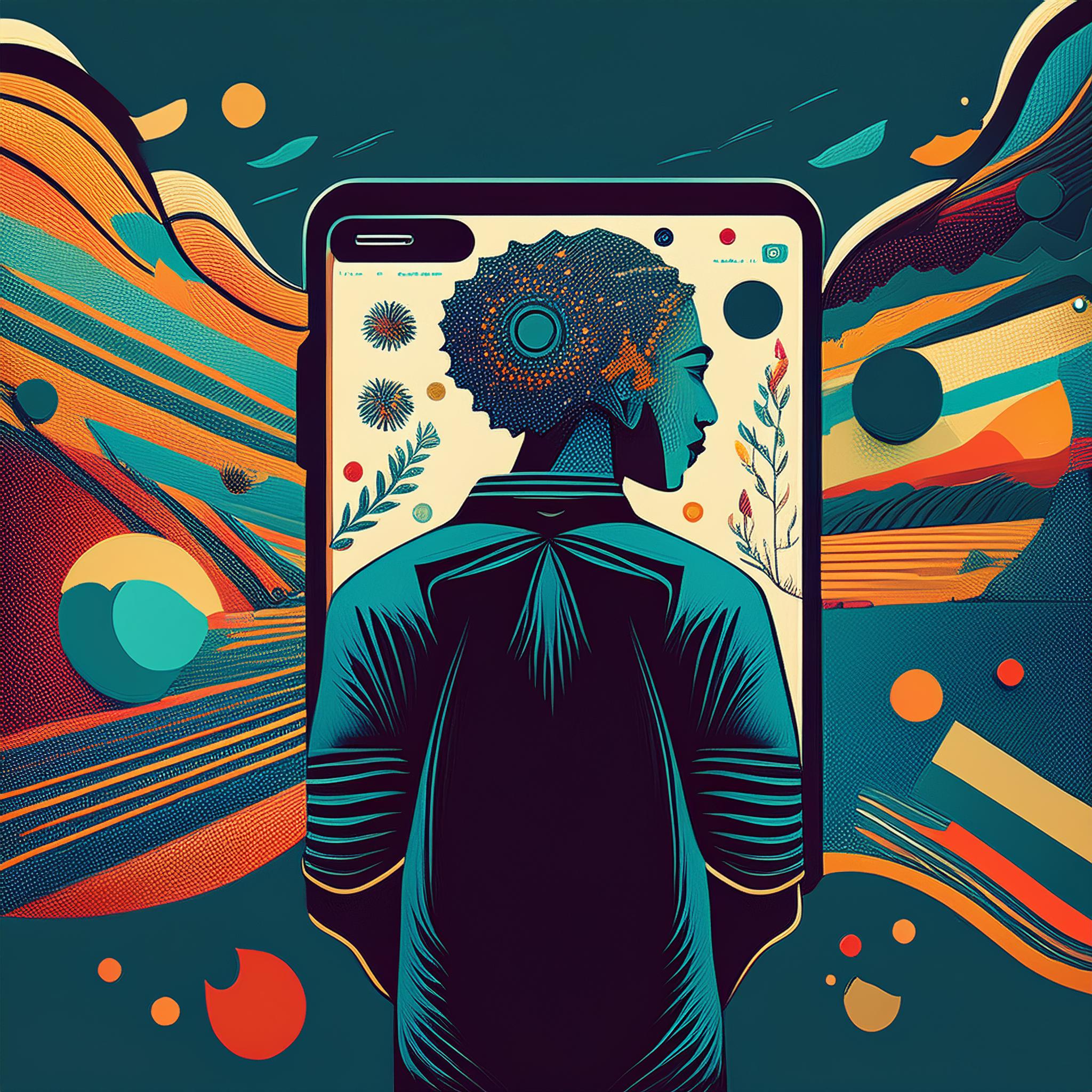
Healthcare Data Analytics Solutions
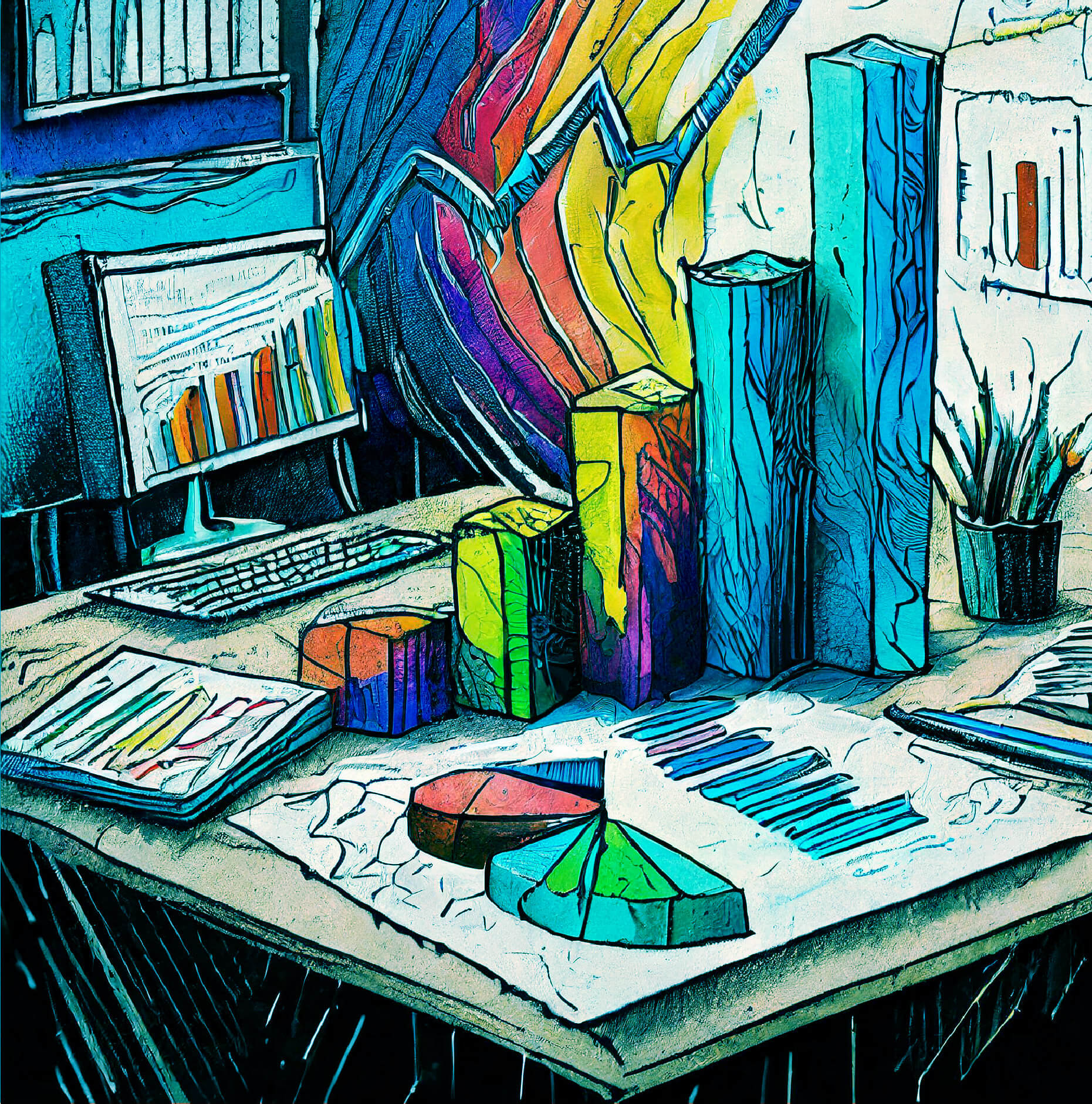
Cryptocurrency Wallet Development

Digital Strategy Consulting Services

B2B Portal Development

Embedded Technology Innovation

Process Automation

XR Application Development

Artificial Intelligence and Machine Learning Consulting Services

Cloud Infrastructure

Blockchain Implementation

Flutter App Development

Angular Development

Mobile Application Testing Tools and Services

Penetration & Vulnerability Testing

QA Testing Services

Reactjs Development

Team Augmentation

Automation Testing

Web App / Portal Development

Python Development

IT Consulting
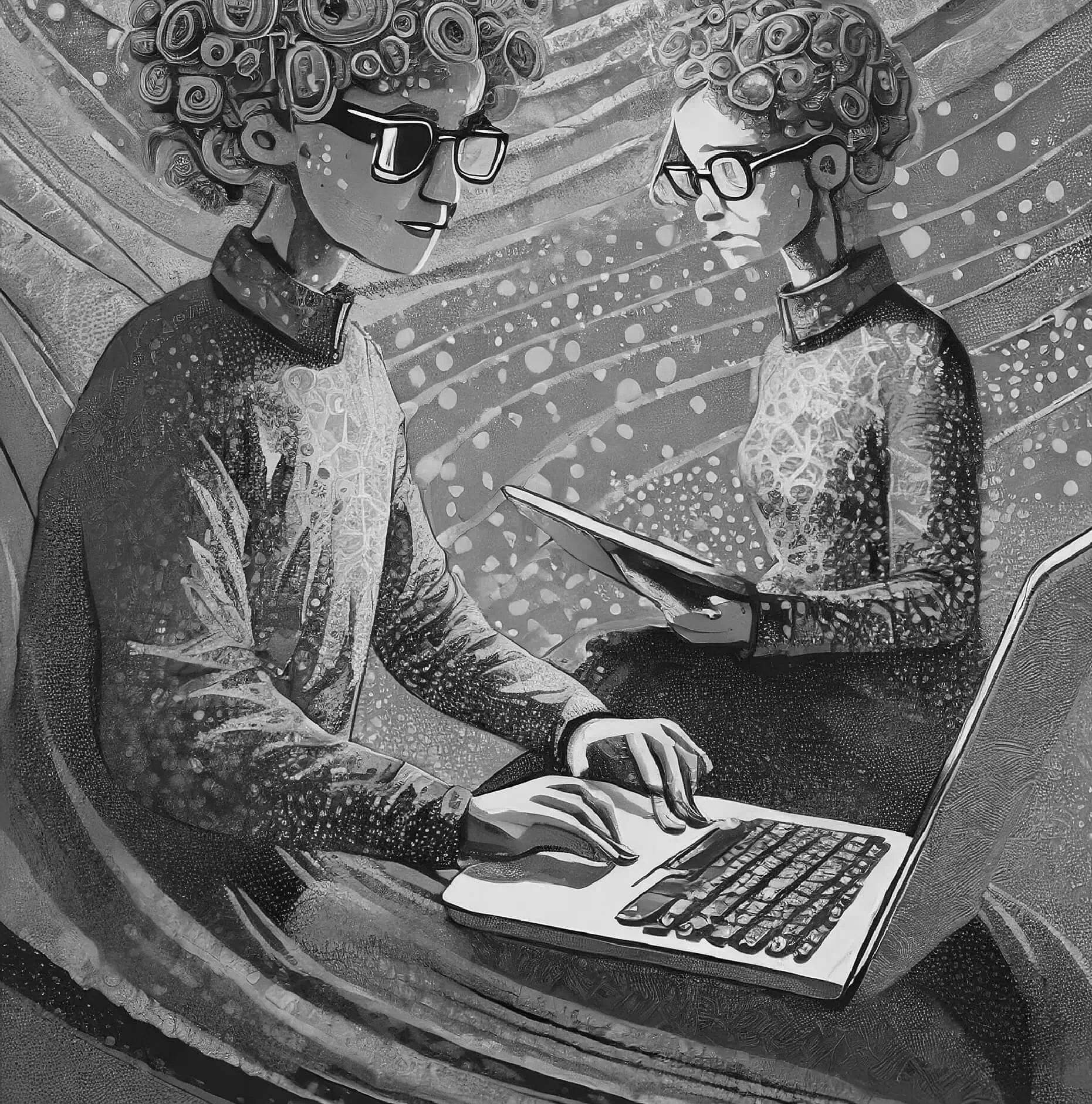
Custom Software Development

Branding

ReactNative App Development

Web and Mobile App UX – UI Design Services

UX & UI Design
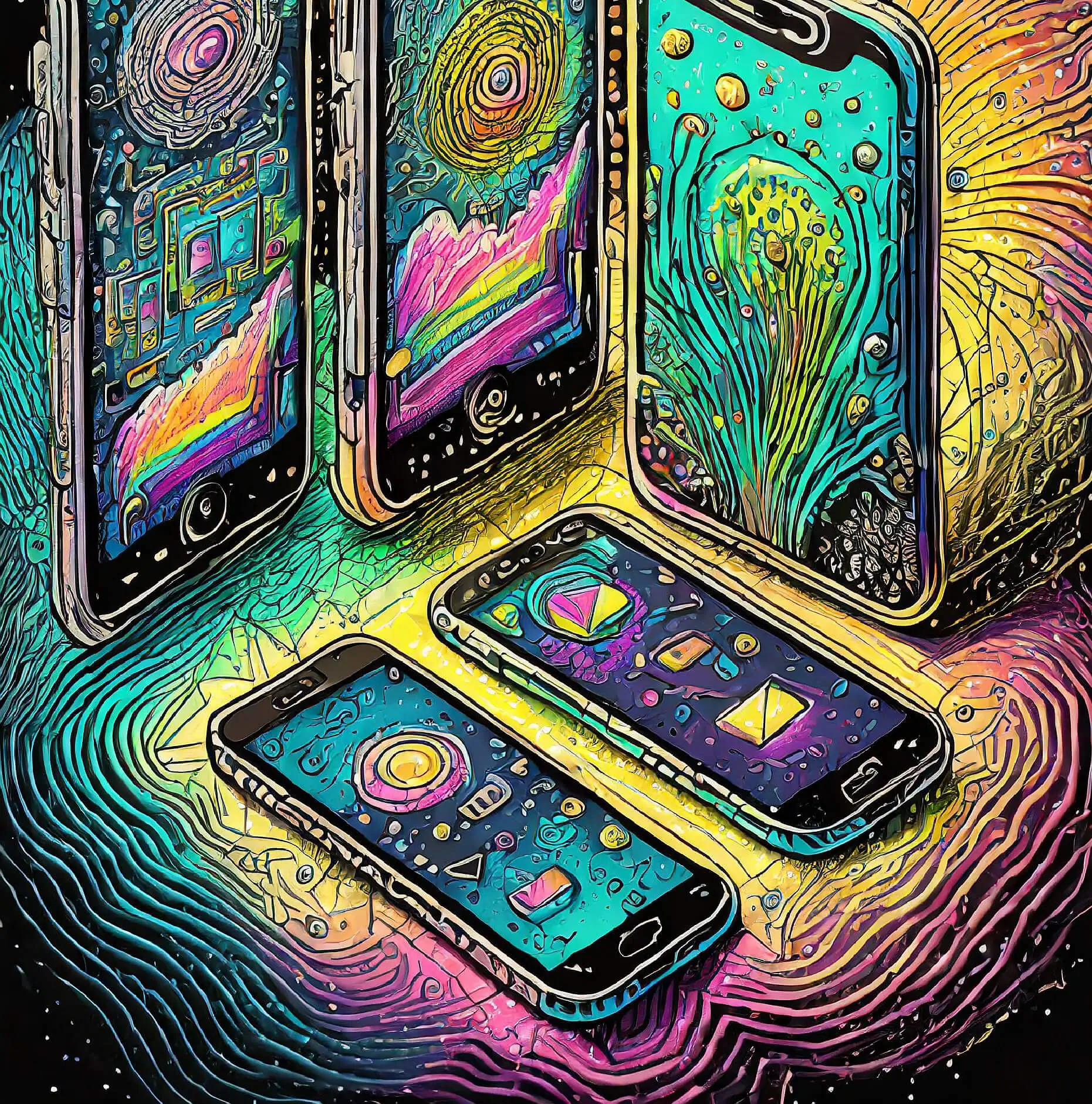
Android App Development

Mobile App Development
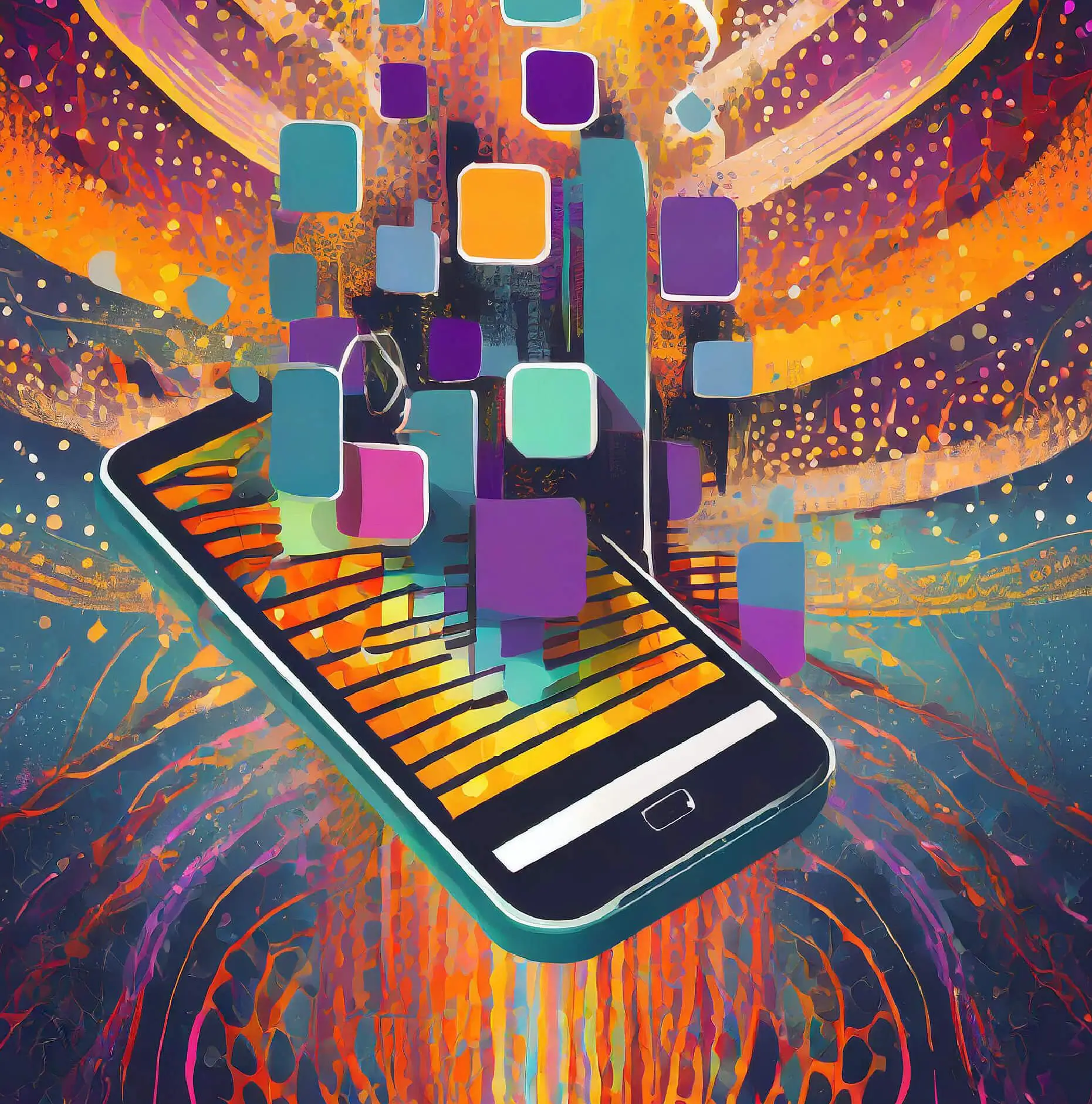
Idea to Product

IoT Development

Data Analytics Development
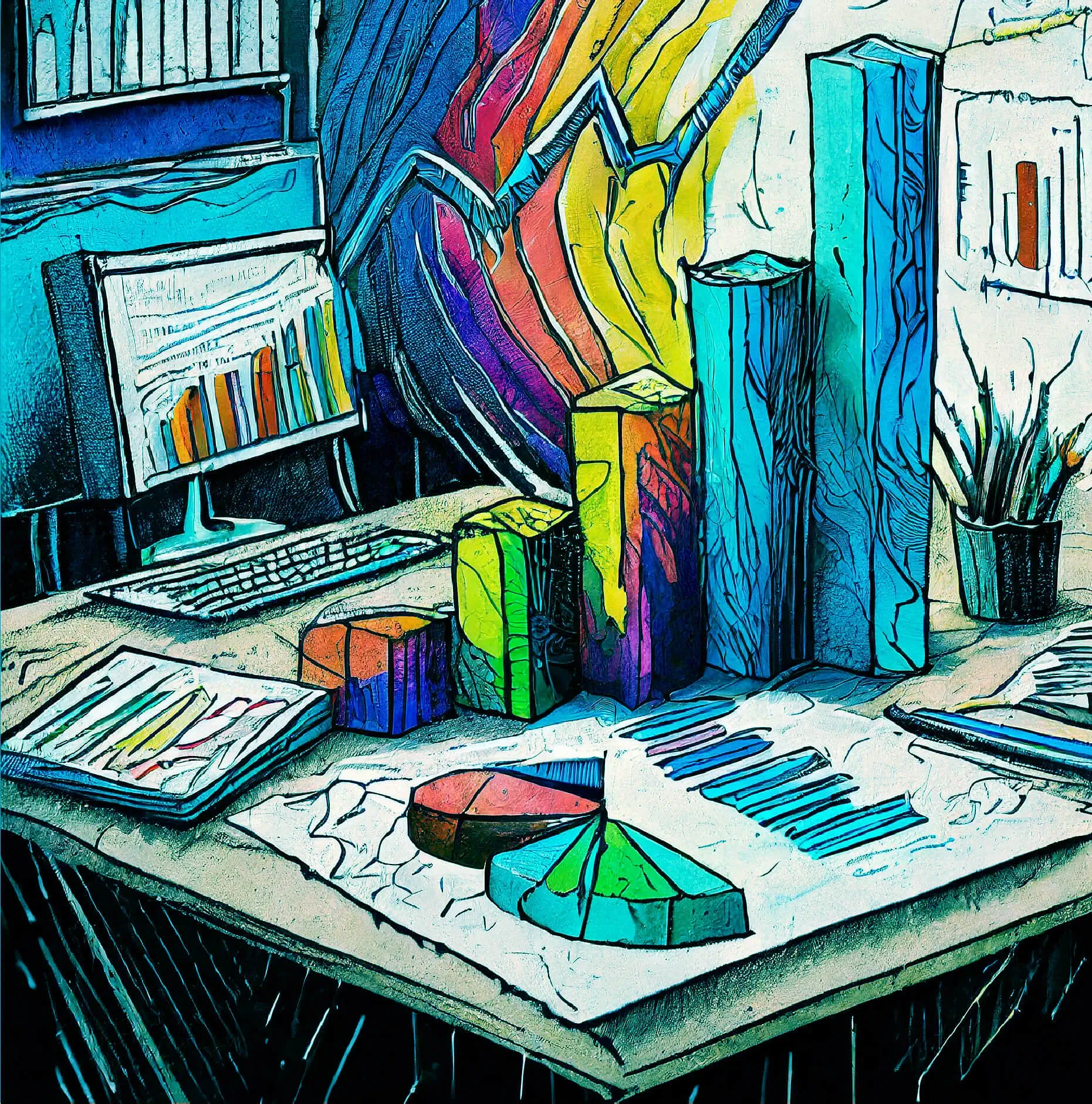
GenAI Development

AI/ML Development

Design thinking

Process Automation

Digital Transformation

Customer Experience Design

Download The Master Guide For Building Delightful, Sticky Apps In 2025.
Build your app like a PRO. Nail everything from that first lightbulb moment to the first million.


